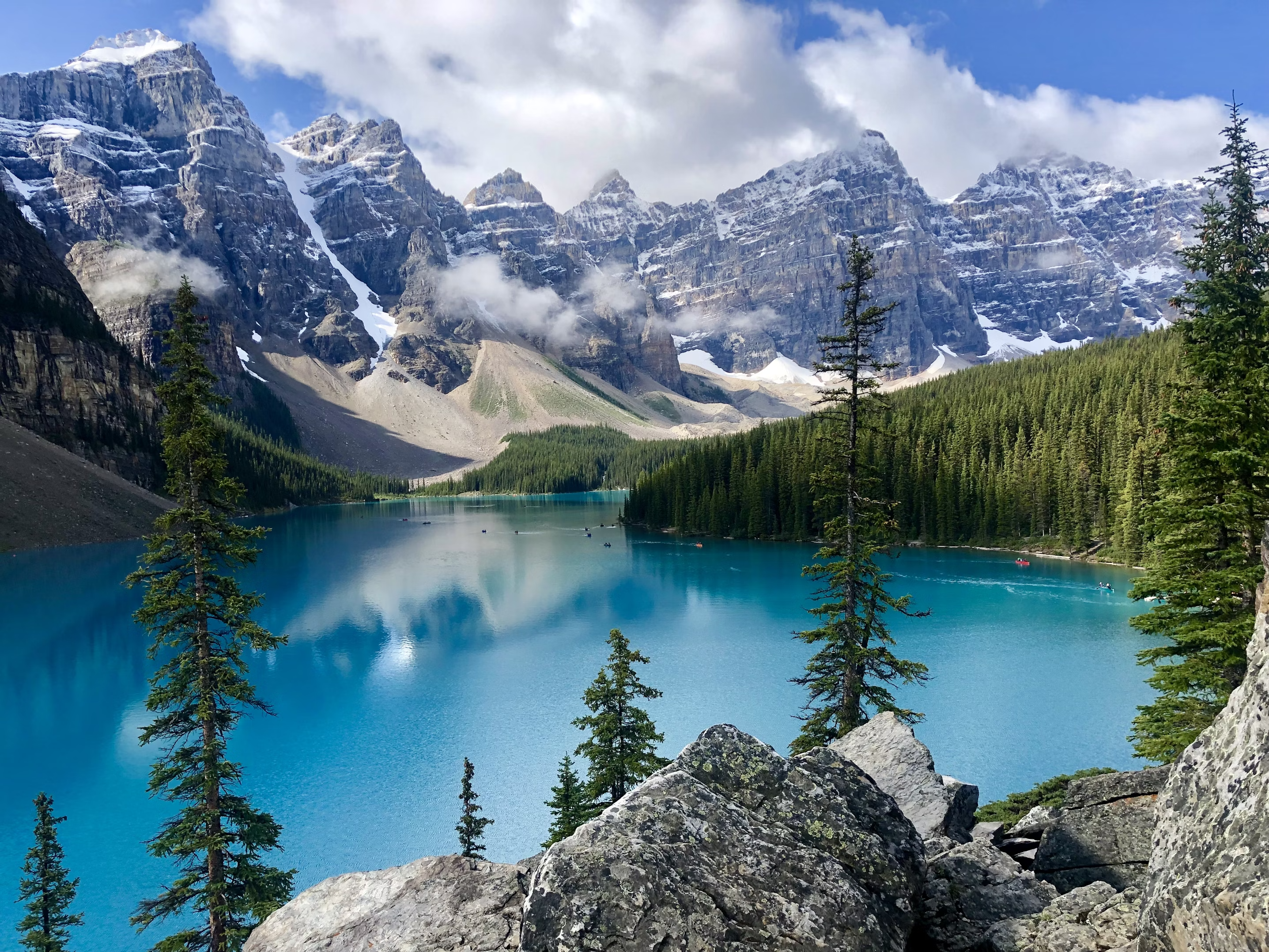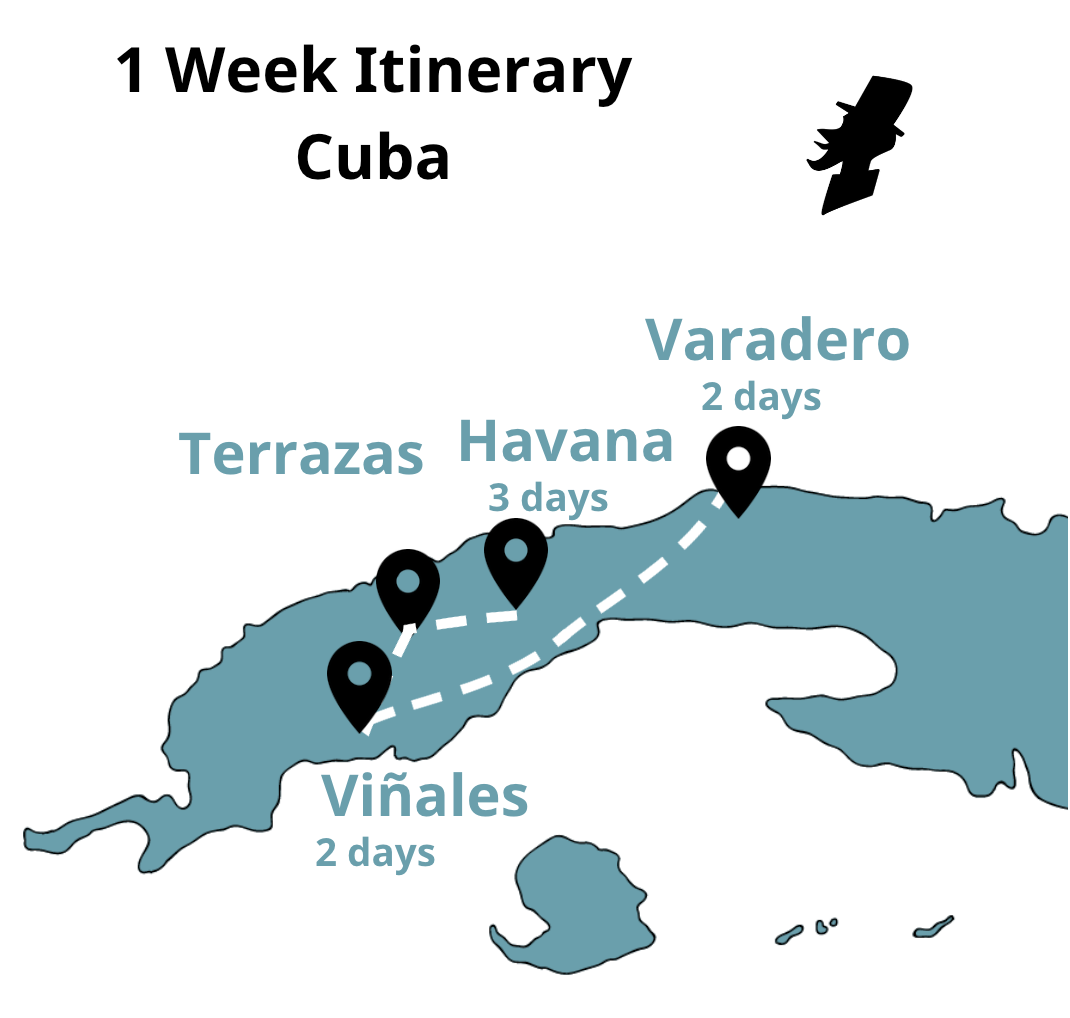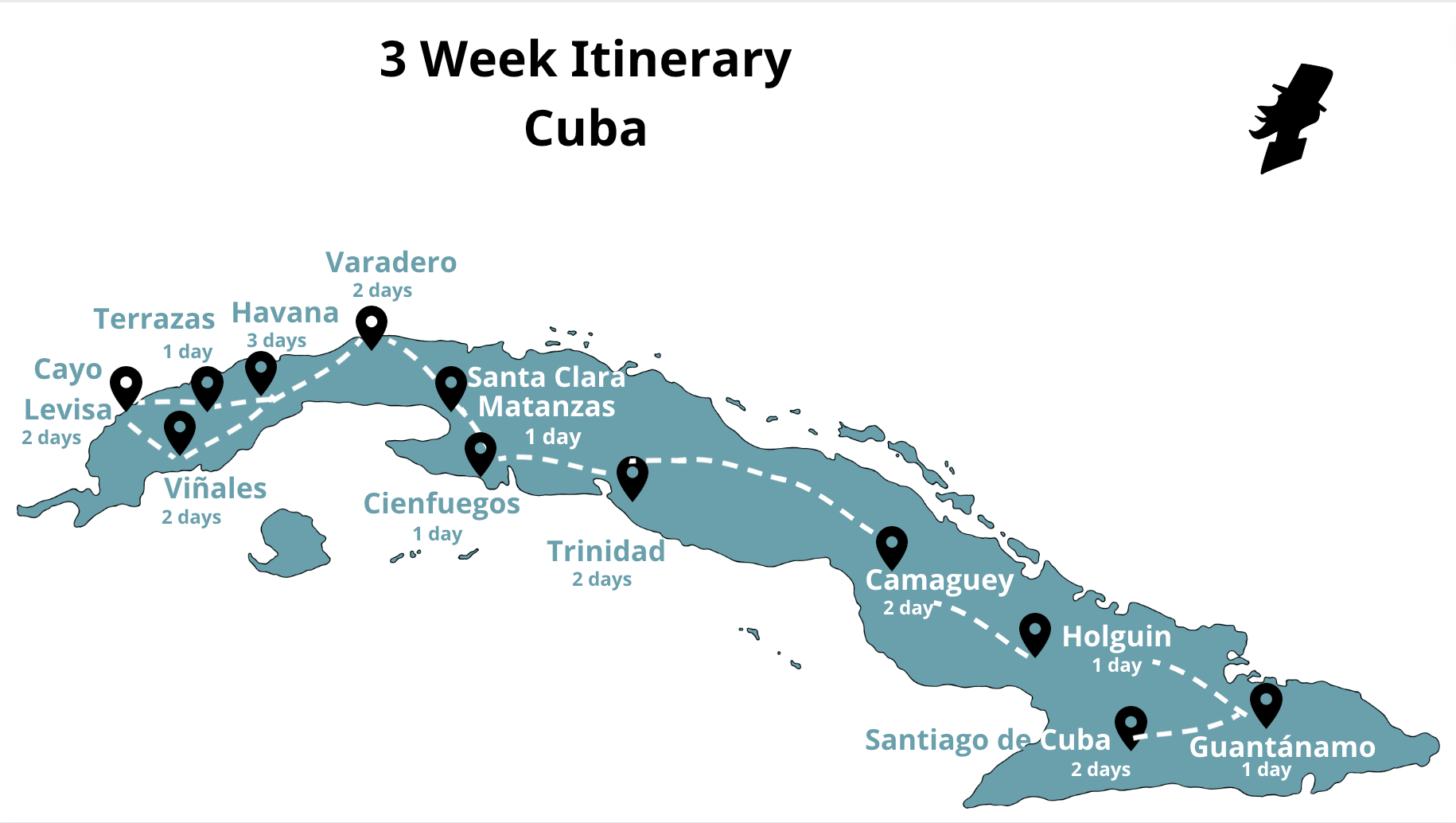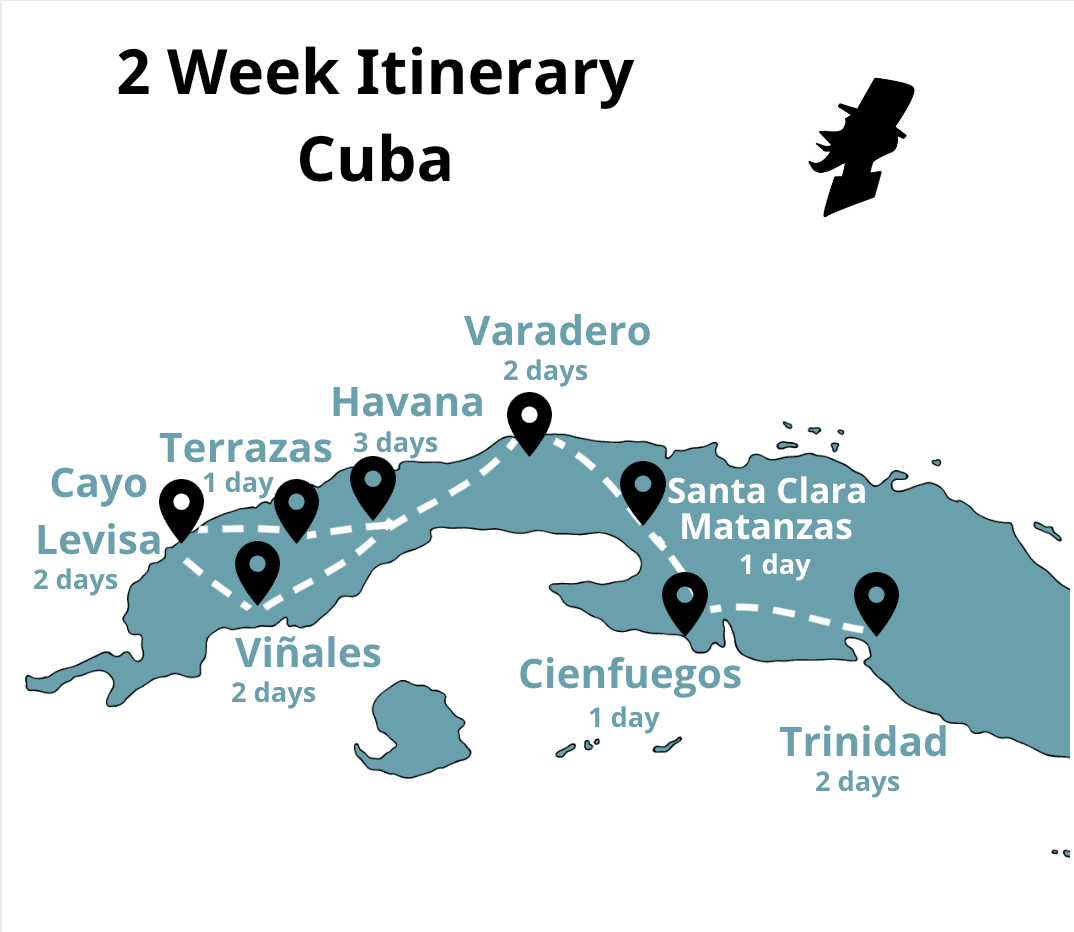Medellín is a large city, but not as large as Colombia. This city has almost 3 million inhabitants, an elevation of 1400 meters above sea level, and boasts a perfect climate. Medellín is nicknamed the ‘City of Eternal Spring’ due to its perfect climate throughout the year; there’s always sunshine, but it’s not too hot (like in Cartagena) or too cold (like in Bogotá). The city is divided into 271 neighborhoods across 16 districts.
People living in Medellín are called ‘paisas,’ and they have a different accent compared to those in Bogotá; it’s a bit more melodic, which can make it a little challenging to understand. However, paisas are very welcoming, making you feel at home when you’re in Medellín. Here, you’ll likely hear some typical paisa expressions like ‘parce’ (friend) or ‘bacano’ (cool or good).
What is Narco-Tourism?
Medellín is a very beautiful city, although it became popular for the wrong reasons, as many people associate it with Pablo Escobar. In the 1980s, Medellín was considered the most dangerous city in the world, filled with violence due to Pablo Escobar’s war against the Colombian state. Despite movies portraying him as a hero, Pablo Escobar commanded hitmen who caused numerous deaths, as well as kidnappings and bombings. The scars of the drug trade have affected many paisas who are still trying to heal.
There’s a significant amount of tourism related to Pablo Escobar, such as tours to his estate, the place where he died, and learning about his history. However, I don’t recommend engaging in this type of tourism when visiting Medellín because nobody in Colombia feels proud of him; he represents a negative part of our history. The city has transformed so much that it changed its name a few years ago and was named the most innovative city in the world.
The issue of Pablo Escobar is recent, and his history cannot be denied as it’s part of the country’s past. However, all of Colombia is looking towards the future, with many things to accomplish. It’s not worth focusing on that dark side; instead, focus on the bright side of the city and the country.
Now, after clarifying this about narco-tourism, I’ll take you on a tour so you can discover the best of this city—its people, food, and culture.
Places to Visit in Medellin
El Poblado
Our first stop is the El Poblado area. This is district 14 and is the most exclusive neighborhood in the city. Here, you’ll find many restaurants, parks, and beautiful places to relax. I recommend staying in a hotel or apartment in this area as you’ll be surrounded by places to visit. From here, you can start exploring the best sites in Medellín.
Comuna 13
Your first visit should be to Comuna 13. Visiting Comuna 13 reveals the change the city has undergone since the 1980s, without denying its history. Here, the main characters in history are not Pablo Escobar and his hitmen but the paisas.
Comuna 13 is currently a territory of artists, dancers, hip-hop, but it was once the scene of violence in Colombia. Now, this place is reborn and full of life. That’s why it’s one of the most popular stops for tourists in the city. To better understand the history, I recommend taking a graffiti tour with Casa Kolacho, a Hip-Hop dance agency that takes you through the neighborhood, telling you the secrets and stories behind each graffiti. Here’s the link to check out these tours
History of Comuna 13
The history of Comuna 13 is fascinating because this neighborhood had many families displaced by violence in Colombia. Many of these houses were, and still are, poor houses as the displaced went to parts of the city that were not populated and began creating a home with the materials they had. In English, this type of construction is called slums, and Colombia has many of these neighborhoods due to our significant problem of internally displaced persons.
These peripheral neighborhoods were affected by the conflict with the guerrillas. As the government had few resources to help them, the guerrillas offered to help build houses. But in return, they needed food, coca plantations, or to recruit children for war. The worst part is that many had no choice. If you said no, the guerrillas would force you out of that neighborhood, or they could kill your family.
Thirty years went by where the inhabitants of these neighborhoods were between a rock and a hard place. They had to help the guerrillas or leave that place. All of that happened until the government arrived with military operations to remove the guerrillas. Although many of these operations were successful, part of the population was also affected, as in all wars. There is an important work called “Mariscal,” a tribute to all those who were affected and were not part of the guerrillas.
Graffiti Tours in Comuna 13
Tourism has transformed the neighborhood, and now it’s one of the most photographed destinations in Medellín because of its street art. The electric stairs that connect Comuna 13 are also very important. There are 6 sections, and they were built in 2012 to unify the neighborhood. During your visit, you can also see a tribute to the children, which are the slides of the neighborhood. This neighborhood is my first stop in Medellín because it represents very well the great social transformation of this city. Comuna 13 was violent, with murders and grieving mothers, but today, it’s different, full of young people, artists, art, and culture. Again, I repeat that the most recommended way to visit this area is to go on a tour to understand the meaning of all the urban art, the history of this neighborhood, and its inhabitants.
Ciudad del Rio
After Comuna 13, you can visit all the places that show the city’s innovation. I recommend starting with Ciudad del Río Park, where the Museum of Modern Art is located, offering a wide range of Colombian and international cuisine, food trucks, or picnic areas. This is a very popular place among paisas to rest and enjoy the city’s good weather surrounded by an open and free space.
Pueblito Paisa
Next, I recommend visiting Pueblito Paisa. This place is one of the most popular with foreigners and is beautiful because it is a replica of the towns of Antioquia. It is on the top of a mountain, so it has spectacular views of the city. Also, the architecture is based on El Peñol, a typical village with colorful houses, flowers, and stalls with views of the hills. Although this place is not very frequented by paisas, it is one of the essential stops you must make on your visit to Medellín. Also, if you go in December, this Pueblito Paisa turns into a Christmas market and has many beautiful lights.
In Pueblito Paisa, you may see fruit stalls on the street. This is very popular throughout Colombia, as in these stalls, you can get fresh, delicious fruit, and it’s usually a good snack. A typical Colombian preparation you can try at these fruit stands is “salpicón.” This is a cup with many chopped fruits, and sometimes they add condensed milk. The fruits inside vary depending on each preparation, but they usually have papaya, apple, banana, strawberry, and watermelon.
In these stalls, you can also try juices from different fruits. One of the most popular juices in Colombia is Lulo juice, which is personally one of my favorites. In Medellín, they also sell borojó juice, a fruit that is supposedly aphrodisiac. When you visit Colombia, you can take the opportunity to try all the exotic fruits we have. And especially in Medellin, you can get a wide variety of fruits because Antioquia has the perfect climate for agriculture.
City Center
After visiting Pueblito Paisa, you can visit the center of Medellín, which is a very large space. Here is the Barefoot Park, designed for the recreation of the locals. This park has many green areas and is like a Zen garden in the city center.
Park of Lights
Nearby is the Park of Lights, one of the most popular parks in Medellín. The Park of Lights is the cradle of the city. It was where the first market square was created and was full of life because it was very close to the old railway station. Currently, it is very popular for its huge lights, and these are one of the iconic sites to take your Instagram photo in Medellín.
Parque Berrio
Another iconic park in the city is Parque Berrío. It is considered a foundational center and perhaps the most historically significant in the city. Paisas have seen it through different generations as a meeting place and the main reference of their city to visitors. In this park is also the Basilica of Our Lady of Candelaria, a very large church with neoclassical architecture.
Plaza Botero
Another place you can’t miss is the most famous square in Medellín, Plaza Botero. This is a very popular square, probably the most popular in the city. It is basically an open-air museum, as it is full of sculptures by Colombian artist Fernando Botero. Currently, there are 23 sculptures, and each one is valued at more than 2 million dollars. All of these were a gift from their owner, Botero. As mentioned in a previous episode, Fernando Botero is probably the most internationally recognized Colombian artist, sculptor, and painter. His entire artistic universe is different from the rest of contemporary art because he paints and sculpts chubby or large proportions figures. He was born in Medellín, but currently lives in Europe. However, he still feels love for his city and his roots, which is why he gave this magnificent gift to his city.
Many people touch these bronze sculptures to attract luck, money, or love, among other things. Walking through the square, you may see some parts that are a different color, and there you will know that it is the place you should touch supposedly to improve your luck. For example, some very famous sculptures for luck are Adam and Eve or the soldier sculpture.
Antioquia Museum
If you are still eager to know more about Botero, in front of this square is the Antioquia Museum, and the entrance costs 18,000. In this museum are several of Botero’s most popular and controversial works, some related to bullfighting or Pablo Escobar.
Salon Malaga
Finally, I recommend one last place to visit in Medellín. It is a traditional place where you can have a drink or try local food. Salon Malaga was founded in 1952 and is full of signs, menus, photos, and writings from people who have visited the place before. It is also a place different from most in Medellín because they love tango here. In this place, you can ask if they have buñuelos. If they do, eat buñuelos with malt, a perfect snack for a paisa.




